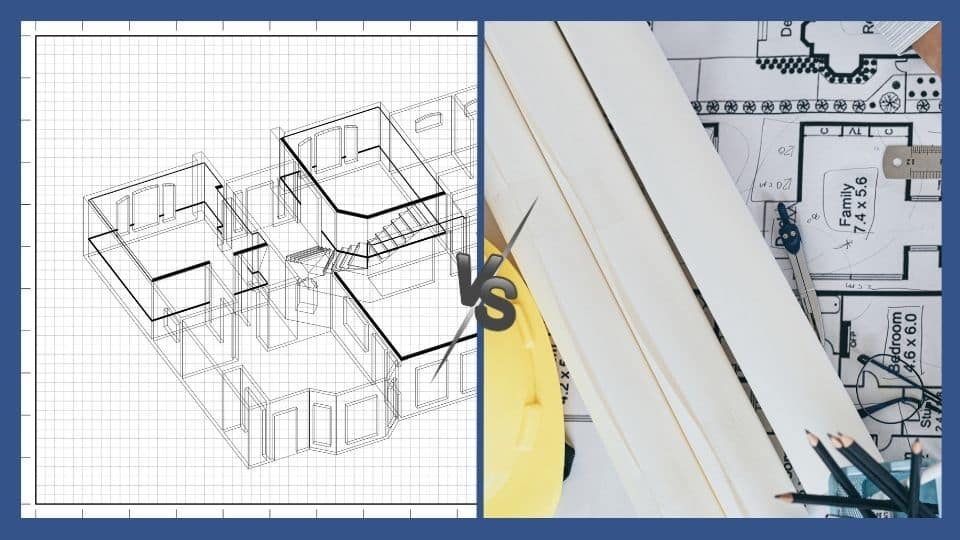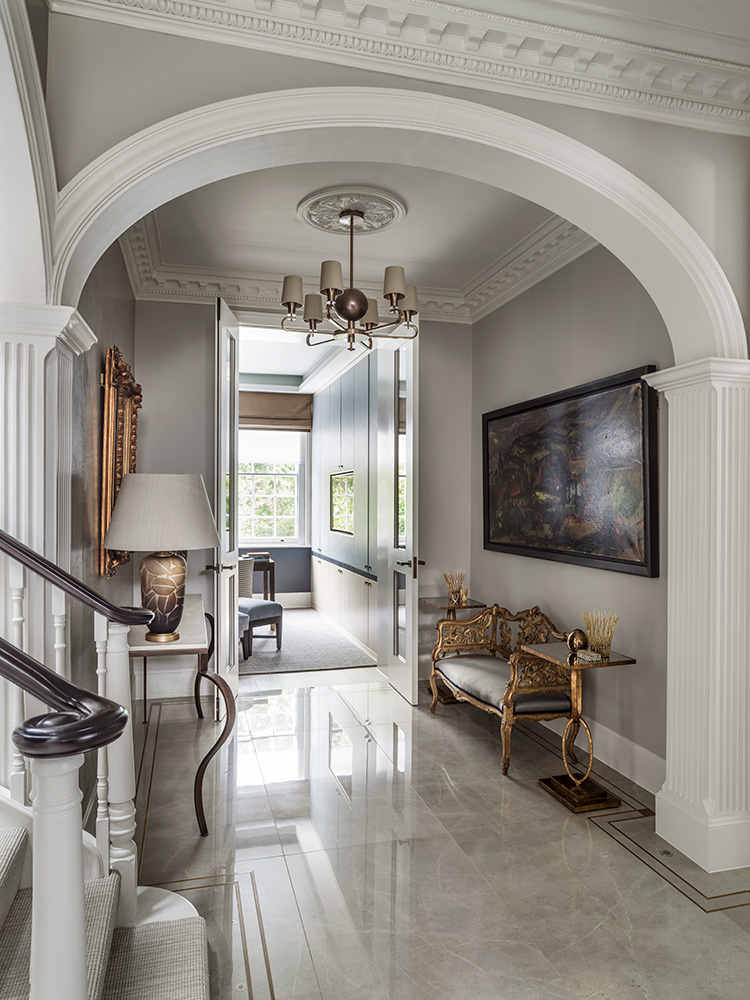Gorgeous Rustic Home Design for Nature-Inspired Living
Gorgeous Rustic Home Design for Nature-Inspired Living
Blog Article
Making Best Use Of Visual Appeal: The Synergy In Between Interior Design and Home Designer Methods
Comprehending the subtle interaction in between indoor style and home style can considerably elevate the aesthetic appeal of a space. This marriage of layout disciplines involves a thoughtful combination of building components with indoor designs, and a skillful application of concepts such as equilibrium, rhythm, and contrast. As we explore this harmony, we will certainly reveal methods to produce visually striking and practical settings that not just mirror personal style, but also adapt to the dynamic demands of contemporary living.
Recognizing the Essentials: Specifying Interior Design and Home Style
Interior decoration and home style, often linked, stand for the architectural and aesthetic aspects of our home. Interior Design is a multifaceted technique that includes creating functional, safe, and visually pleasing areas inside a structure. It consists of components such as furnishings setup, shade coordination, and accessory choice. On the other hand, home design mostly concentrates on the solid framework of a structure. It entails developing a functional and aesthetically pleasing framework that stands the test of time. It incorporates aspects such as space construction, preparation, and sustainability. Both fields need a deep understanding of human habits, culture, and psychology. Each plays a vital duty fit our living settings, contributing to our total comfort, efficiency, and health and wellbeing.
The Harmony Described: Exactly How Indoor Layout and Home Design Intersect
Recognizing the harmony between interior decoration and home style can unlock a world of creative thinking and performance. When reviewing this intersection, the impact of architecture on interiors is a critical aspect to take into consideration. This discussion will concentrate on the unifying style principles that mix these 2 fields into an unified whole
Unifying Layout Concepts
While it may seem that interior style and home architecture are two unique self-controls, they are actually deeply interconnected, developing a synergy that is important for developing unified living areas. Unifying style concepts are the columns that facilitate this symbiosis. In significance, these concepts offer as the bridge, uniting interior style and building methods.
Architectural Influence on Interiors
The intertwining of interior decoration and design becomes a lot more evident when one takes into consideration the architectural impact on insides. Architectural elements are inherent to a room's capability and appearances, shaping the design from the start. Columns, beams, staircases or arches, for example, serve both structural and decorative objectives. They can divide spaces, create focal points or imbue a room with a certain ambiance. Consideration of texture, light, and proportion likewise come from architectural influences. Eventually, architecture mold and mildews the canvas whereupon indoor designers work. Their harmony is thus indisputable: architecture establishes the framework, which indoor design improves with design, texture, and color. This symbiotic partnership guarantees a harmonious equilibrium in between function and beauty, enhancing the visual allure of any kind of room.
Trick Concepts in Integrating Interior Design and Home Style
Striking a balance in between performance and visual appeal is a basic facet of integrating interior design and home design. A similarly important principle is the integration of sustainable style to develop energy-efficient and environment-friendly homes. Lastly, understanding and checking out different building styles can additionally play a vital role in achieving an unified style.

Stabilizing Functionality and Aesthetics
Stabilizing functionality and aesthetics in interior decoration and home style arises as among the vital concepts to take into consideration. This fragile stability calls for a careful blend of usefulness and charm, aiming to create rooms that are not only visually pleasing yet likewise serve their intended purpose effectively. Looks uplifts the state of mind and impacts the perception of room, whereas performance makes sure usability and convenience. Trick to this equilibrium is a thoughtful option of components such as appearance, color, and illumination, which need to match each various other while offering their private duties. Just as crucial is the effective plan of the space, with a well-planned format adding substantially to the synergy in between capability and visual appeals. This harmonious mix inevitably boosts the lifestyle for the residents.
Sustainable Style Assimilation
In preserving the balance in between performance and appearances, one must also consider the assimilation of sustainable style principles. sites This strategy not only enhances the aesthetic appeal of a room yet also ensures its durability and reduced environmental influence. The vital lies in choosing products that are environment-friendly, resilient, and appealing. This consists of all-natural, recycled, or low-impact materials that contribute to a much healthier and more lasting world. Developers and architects can additionally integrate energy-efficient systems, such as energy-saving home appliances or solar panels. Moreover, ensuring excellent interior air top quality with enough natural illumination and air flow is essential. As a result, an unified blend of indoor layout and home architecture, assisted by sustainability, can produce spaces that are attractive, useful, and eco-friendly.
Discovering Building Designs
While there are a plethora of architectural designs to check out, it is necessary to comprehend that each one brings its distinct principles that can considerably affect the harmonization of interior decoration and home architecture. These designs, ranging from the luxuriant Baroque to the minimal Modernist, bring distinctive philosophies and appearances that, when appropriately comprehended and used, can produce homes that are not just visually spectacular but additionally harmoniously incorporated in regards to layout and design. Selecting an architectural design is not merely concerning individual aesthetic preference; it has to do with picking a style language that talks to the homeowner's way of life, philosophy, and goals, developing a home that is a real reflection of its citizens.
Case Researches: Extraordinary Examples of Layout and Architecture Harmony
Looking into some phenomenal situation researches offers a profound understanding of how layout and style can sympathetically merge to produce Read Full Report compelling and functional rooms. The renowned Fallingwater house, created by Frank Lloyd Wright, exquisitely demonstrates this harmony. Wright's design masterfully incorporates the house with its bordering landscape, while the indoor mirrors the exterior's organic kinds. Another instance is the minimalistic Tadao Ando's Church of Light in Japan. The engineer attained a best equilibrium in between simpleness and dramatization, using raw concrete and light. Inside, the stark, minimal style develops a sense of peace and spiritual reflection. These instances highlight the relevance of harmony between interior style and design in achieving practical and aesthetic success.
Practical Tips: Enhancing Your Home's Aesthetic Charm
Attracting motivation from the study of architectural and design harmony, property owners also can carry out some sensible methods to improve their home's aesthetic charm. A harmonious mix of shades, structures, and illumination can improve a room, developing a cozy and welcoming environment. Selecting furniture that complements the building aspects of your home can cultivate a feeling of unity. Wall art and decoration pieces can include character, reflecting personal style and taste. Incorporating greenery, either via interior plants or views to the outdoors, can bring an aspect of nature, supplying a relaxing effect. Brilliant use mirrors can open a room, giving an impression of a larger location. Eventually, the visual charm exists in balancing functionality with design, creating a home that is both stunning and habitable.

Future Fads: How Modern Techniques Are Changing Interior Design and Style
As the globe advances, so do the trends in indoor layout and style. Modern strategies are significantly concentrating on sustainability, integrating green materials and energy-efficient layouts. Innovation plays an important duty, with wise homes ending up being the have a peek at these guys norm, incorporating AI and IoT for boosted capability. Furthermore, minimalism continues to gain grip, stressing simplicity, performance, and clutter-free spaces. This is usually combined with biophilic layout, drawing inspiration from nature and advertising wellness. The pandemic has actually sped up the requirement for adaptable, multi-purpose rooms, obscuring the lines between job and home. These patterns reflect a change in the direction of designs that are not just cosmetically pleasing, however additionally environmentally conscious, technically progressed, and adaptable to altering lifestyles.
Verdict
To conclude, the combination of interior decoration and home design methods is a dynamic approach to boosting visual charm. By leveraging crucial concepts like rhythm, contrast, and equilibrium, and including components of modern-day living, developers can create functional, aesthetically pleasing atmospheres. Through recognizing this synergy, property owners can make informed decisions that not only elevate their home however likewise contribute to their total health.
Recognizing the subtle interplay in between interior style and home style can significantly elevate the visual charm of a living area.Indoor style and home style, often linked, represent the structural and visual aspects of our living rooms.While it may appear that indoor layout and home design are two distinct self-controls, they are actually deeply interconnected, forming a synergy that is necessary for creating unified living areas.The intertwining of interior style and architecture ends up being also much more obvious when one thinks about the building influence on interiors. A harmonious combination of interior layout and home design, guided by sustainability, can create areas that are lovely, functional, and environmentally friendly.
Report this page